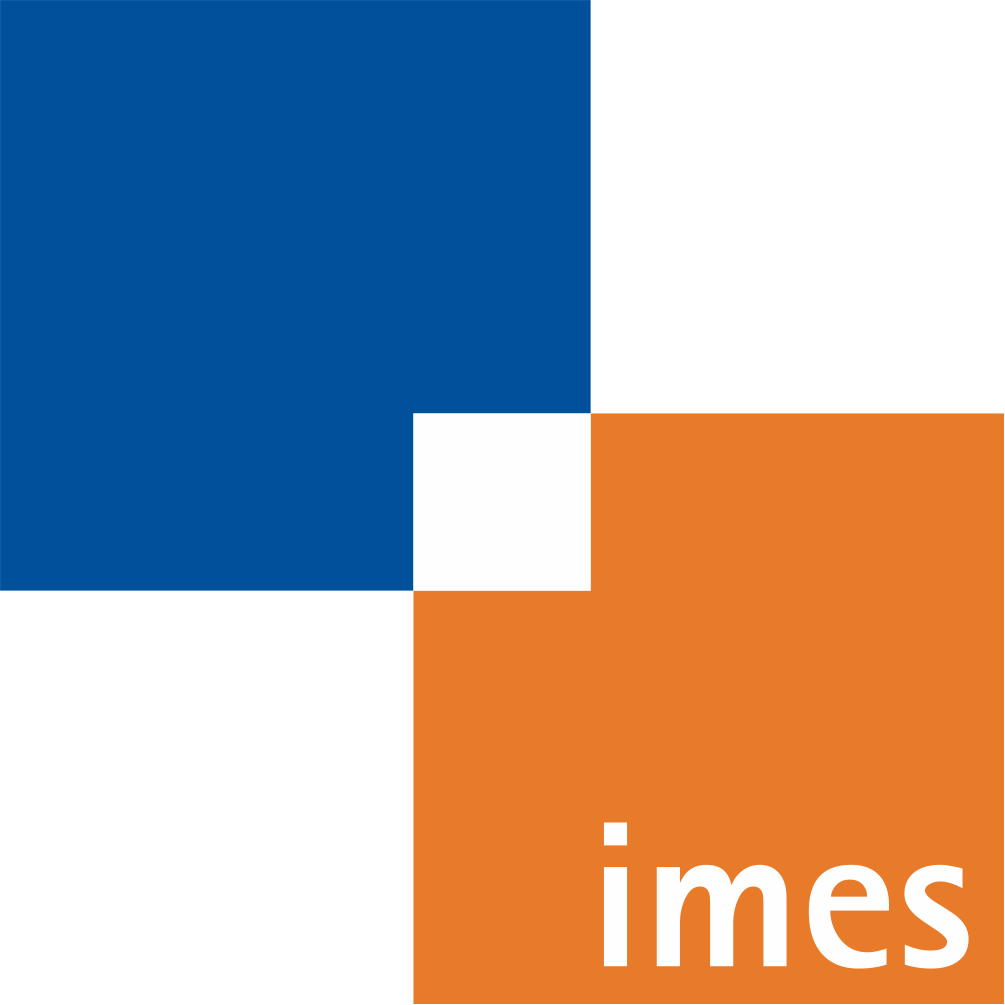Soft tissue motion tracking with application to tablet-based incision planning in laser surgery
- verfasst von
- Andreas Schoob, Max Heinrich Laves, Lüder Alexander Kahrs, Tobias Ortmaier
- Abstract
Purpose: Recent research has revealed that incision planning in laser surgery deploying stylus and tablet outperforms micromanipulator control. However, vision-based adaption to dynamic surgical scenes has not been addressed so far. In this study, scene motion compensation for tablet-based planning by means of tissue deformation tracking is discussed. Methods: A stereo-based method for motion tracking with piecewise affine deformation modeling is presented. Proposed parametrization relies on the epipolar constraint to enforce left–right consistency in the energy minimization problem. Furthermore, the method implements illumination-invariant tracking and appearance-based occlusion detection. Performance is assessed on laparoscopic and laryngeal in vivo data. In particular, tracking accuracy is measured under various conditions such as occlusions and simulated laser cuttings. Experimental validation is extended to a user study conducted on a tablet-based interface that integrates the tracking for image stabilization. Results: Tracking accuracy measurement reveals a root-mean-square error of 2.45 mm for the laparoscopic and 0.41 mm for the laryngeal dataset. Results successfully demonstrate stereoscopic tracking under changes in illumination, translation, rotation and scale. In particular, proposed occlusion detection scheme can increase robustness against tracking failure. Moreover, assessed user performance indicates significantly increased path tracing accuracy and usability if proposed tracking is deployed to stabilize the view during free-hand path definition. Conclusion: The presented algorithm successfully extends piecewise affine deformation tracking to stereo vision taking the epipolar constraint into account. Improved surgical performance as demonstrated for laser incision planning highlights the potential of presented method regarding further applications in computer-assisted surgery.
- Organisationseinheit(en)
-
Institut für Mechatronische Systeme
- Typ
- Artikel
- Journal
- International journal of computer assisted radiology and surgery
- Band
- 11
- Seiten
- 2325-2337
- Anzahl der Seiten
- 13
- ISSN
- 1861-6410
- Publikationsdatum
- 01.12.2016
- Publikationsstatus
- Veröffentlicht
- Peer-reviewed
- Ja
- ASJC Scopus Sachgebiete
- Chirurgie, Biomedizintechnik, Radiologie, Nuklearmedizin und Bildgebung, Maschinelles Sehen und Mustererkennung, Gesundheitsinformatik, Angewandte Informatik, Computergrafik und computergestütztes Design
- Elektronische Version(en)
-
https://doi.org/10.1007/s11548-016-1420-5 (Zugang:
Geschlossen)
